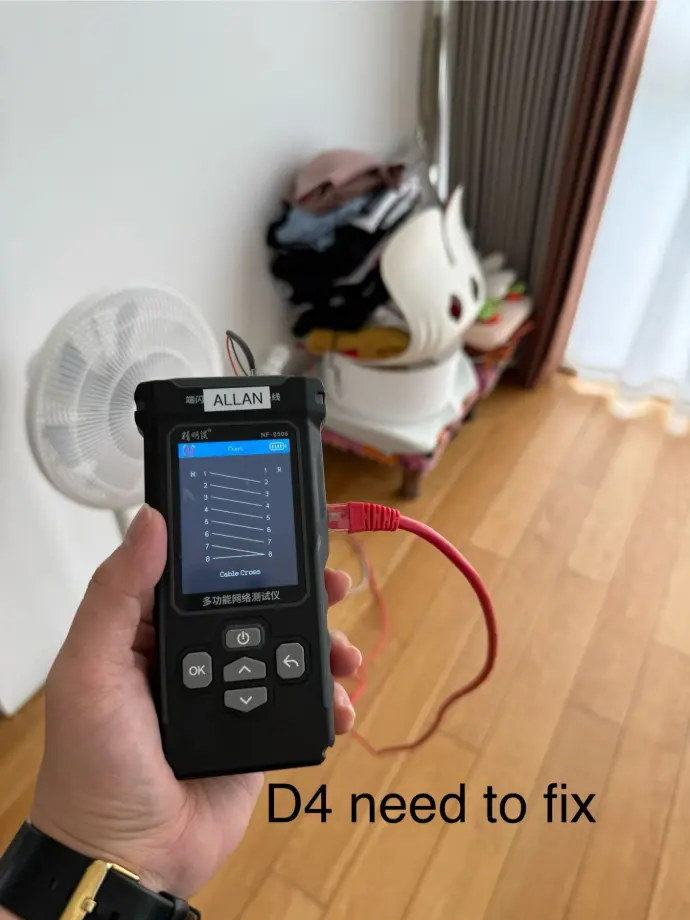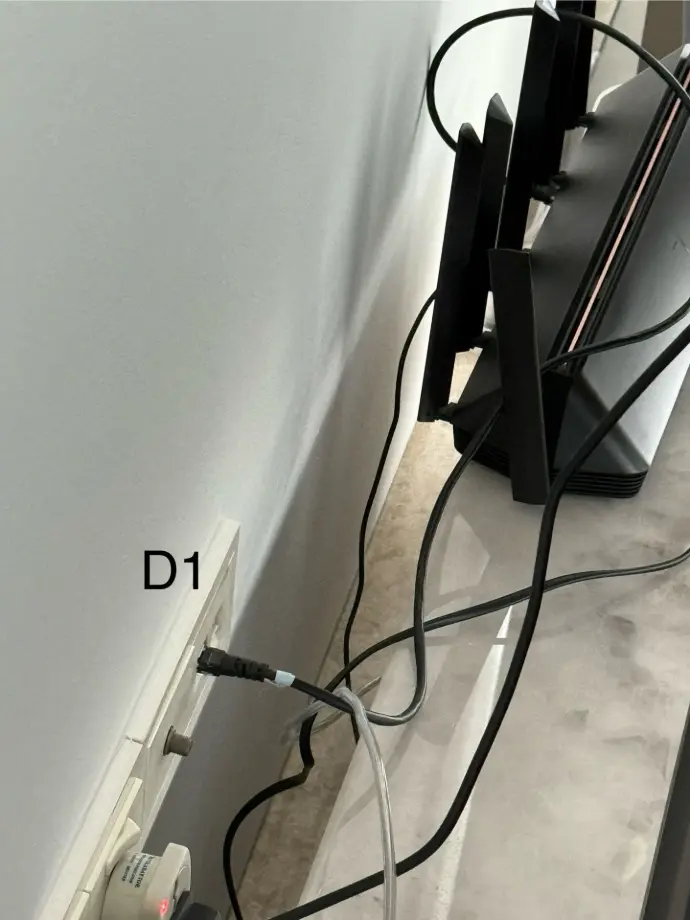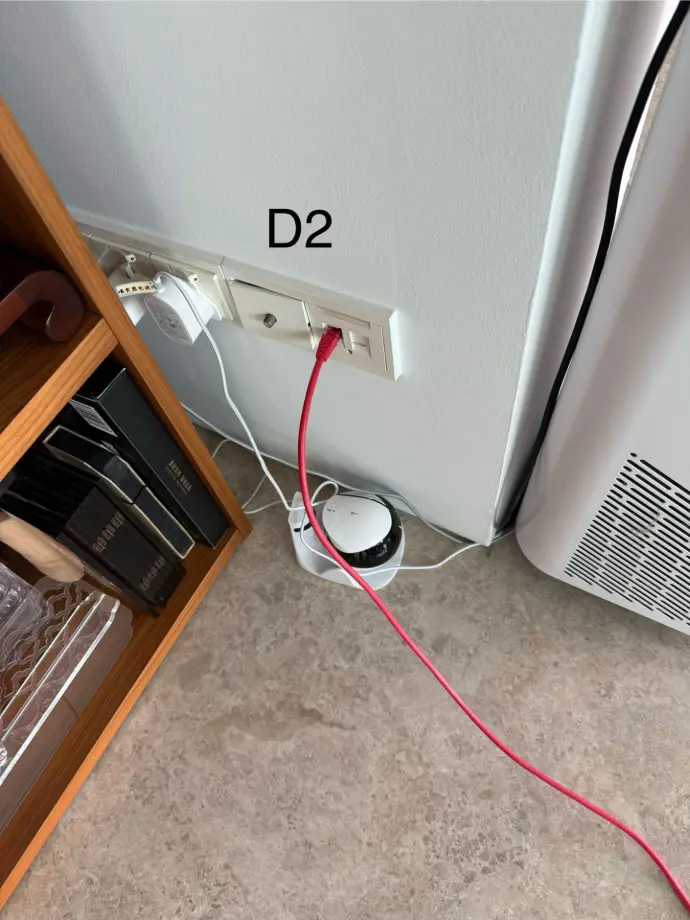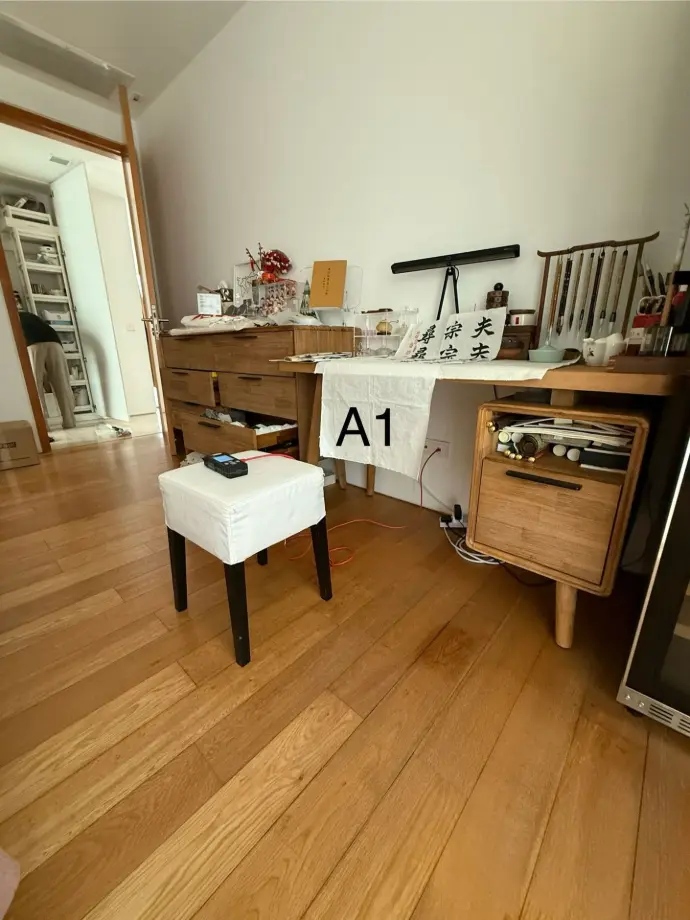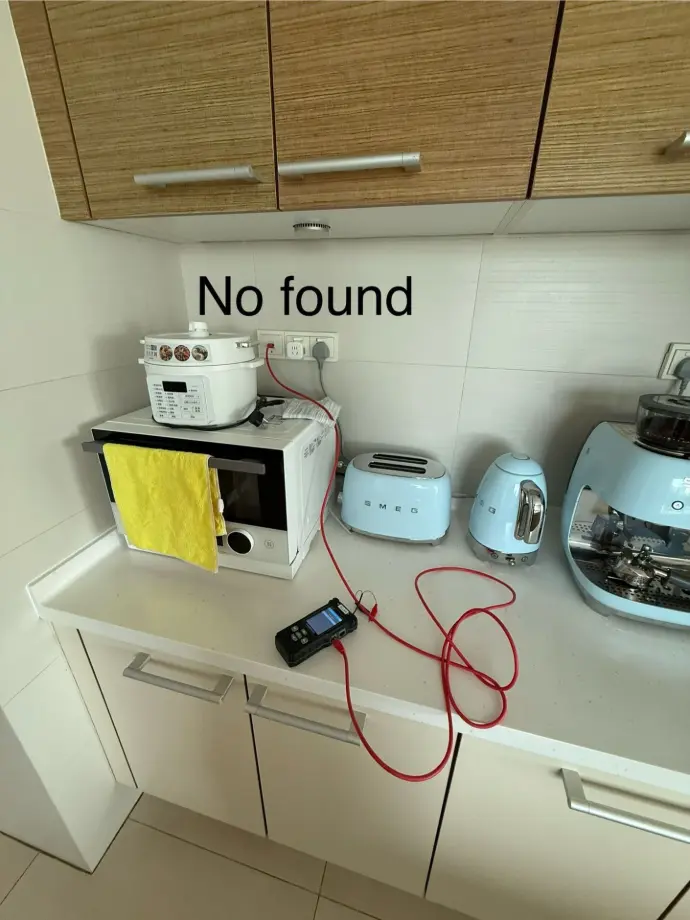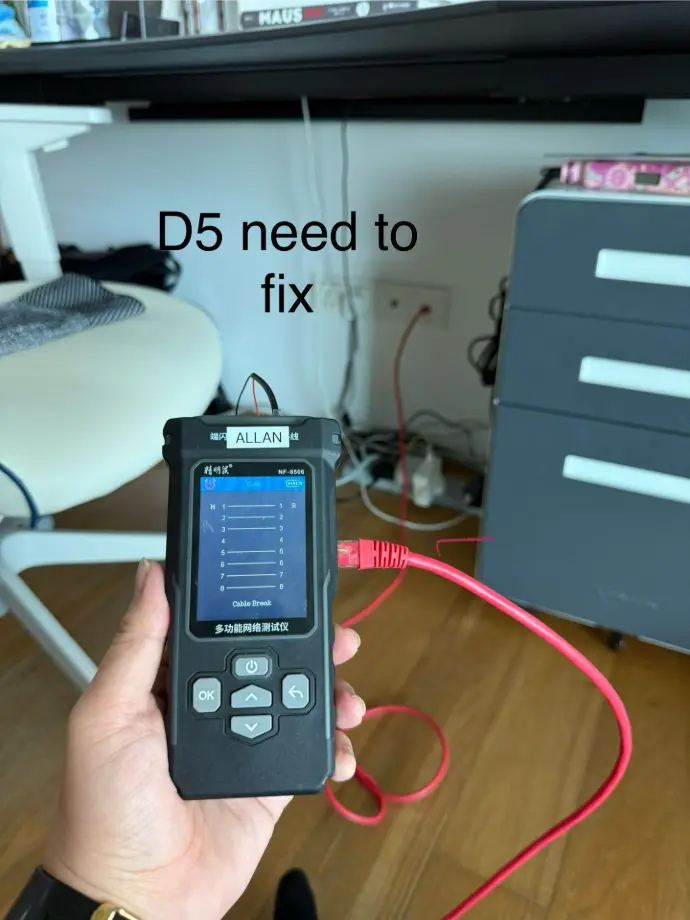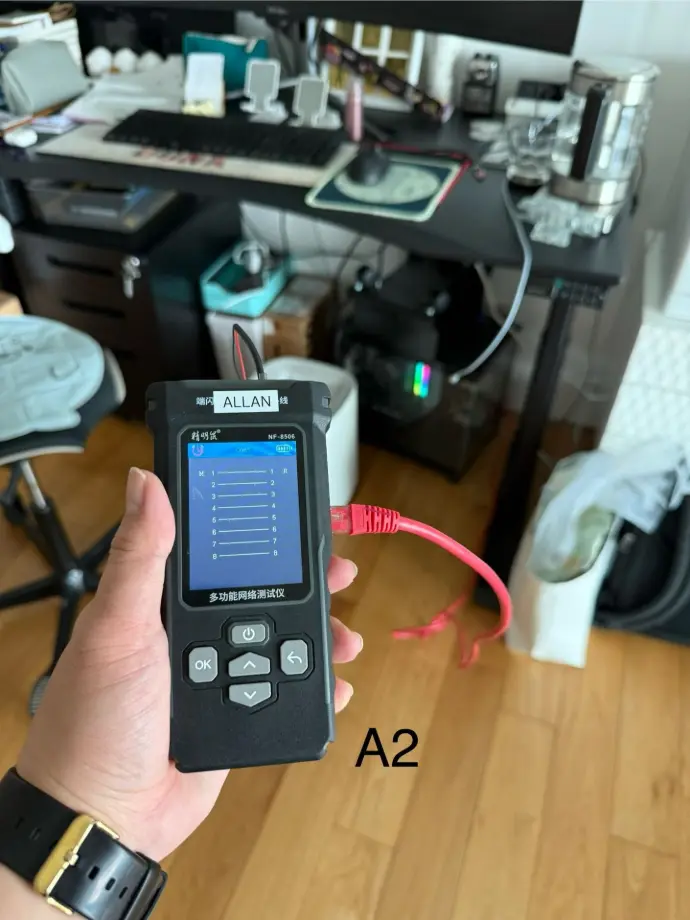Case Study: Solving Wi-Fi Woes in a Duplex Apartment at Scotts Highpark
Step 1: Locating the Data Points
Our team conducts a thorough walkthrough of the property, checking every room for RJ-45 outlets. These are often labeled “LAN,” “DATA,” or left unmarked (and sometimes hidden behind furniture!).
Common red flags we find:
- Ports covered by paint or wallpaper.
- Loose faceplates or missing keystone jacks.
- "Dead" ports that were never properly connected.
Step 2: Testing Each Connection
Using a cable tester, we plug into each data point and trace it back to the patch panel (the nerve center of your home’s network). Here’s what we look for:
Working Ports: All cable pairs are correctly terminated.
Faulty Ports: Split pairs, missing connections, or improper terminations.
Real-World Findings (From Our Tests):
- 30% of ports had loose terminations (causing intermittent drops).
- 10% were "ghost ports"—connected to nothing at the patch panel.
- A few "working" ports had degraded cables (e.g., Cat5 in a Cat6 setup).
Step 3: Repairs That Actually Work
- Re-terminated faulty ports to restore full bandwidth.
- Labeled and mapped every connection for future troubleshooting.
- Advised optimal router placement to leverage the now-optimized wired backbone.
Real Problems We Find (And Fix) in Homes
The Stealthy Speed Thief (Split Pair Error)
A client reported their media room’s wired connection was unstable despite "perfect" Wi-Fi elsewhere. We discovered:
- Cable tester showed a split pair error
- Terminations looked clean but caused intermittent 300Mbps drops
